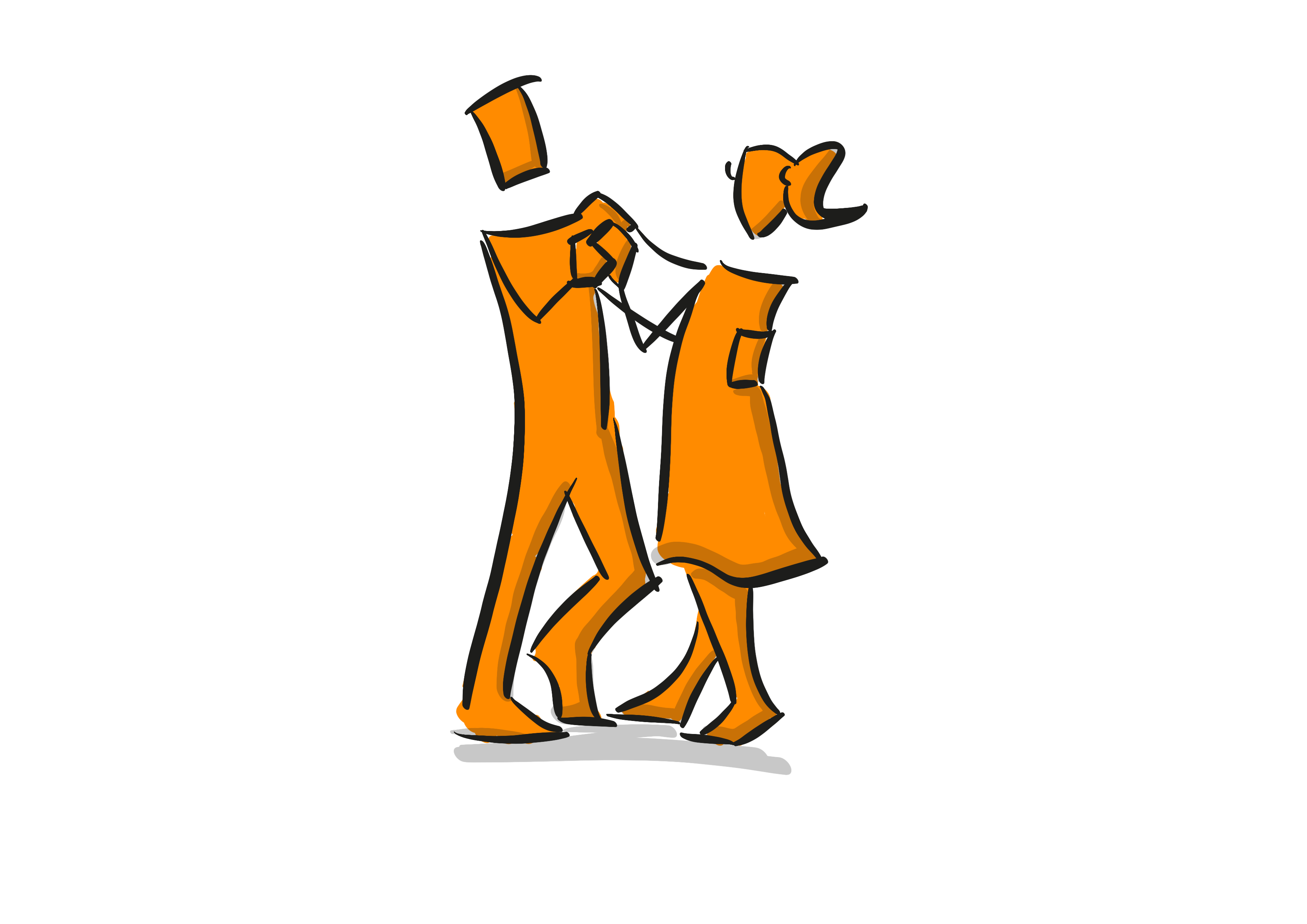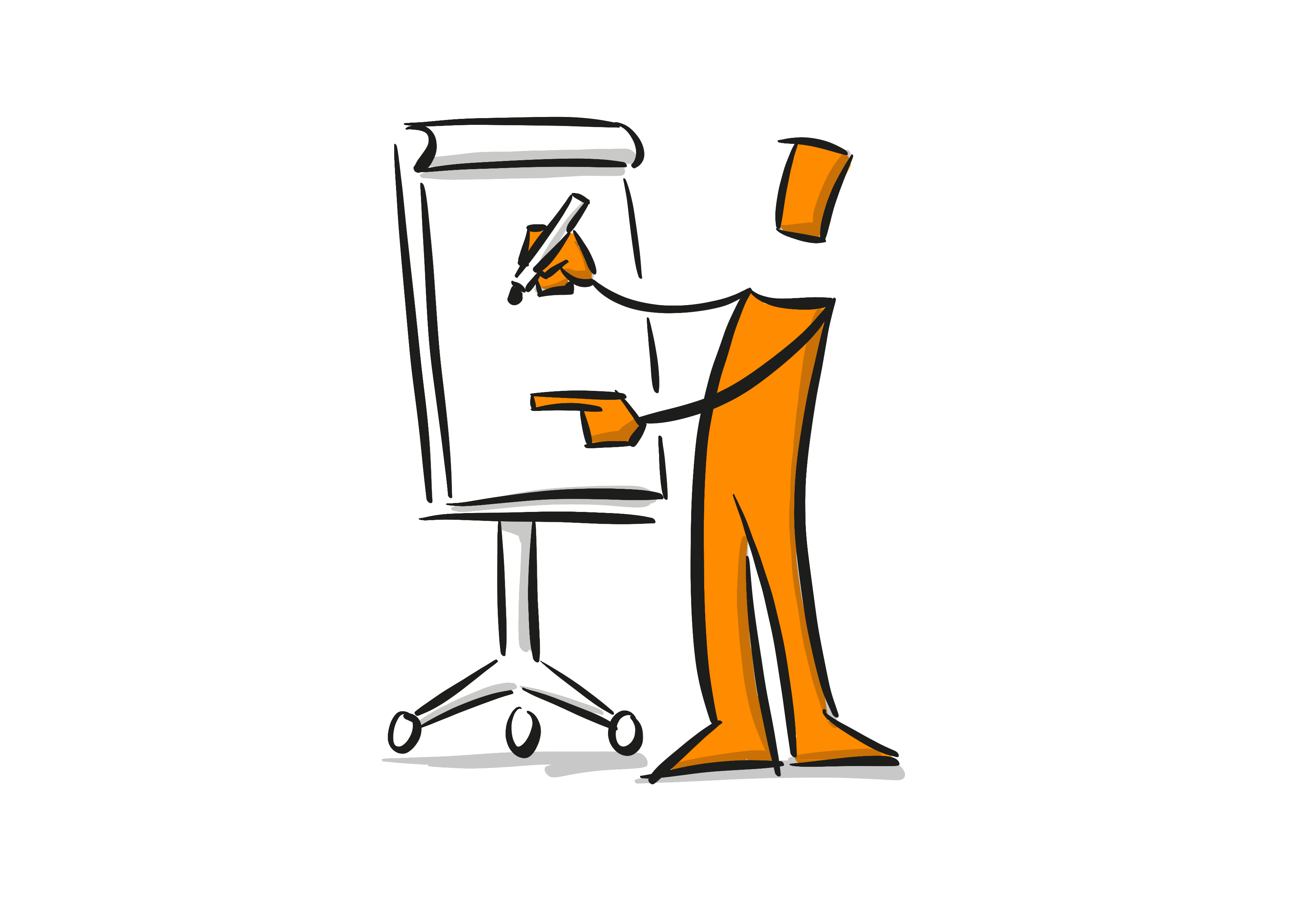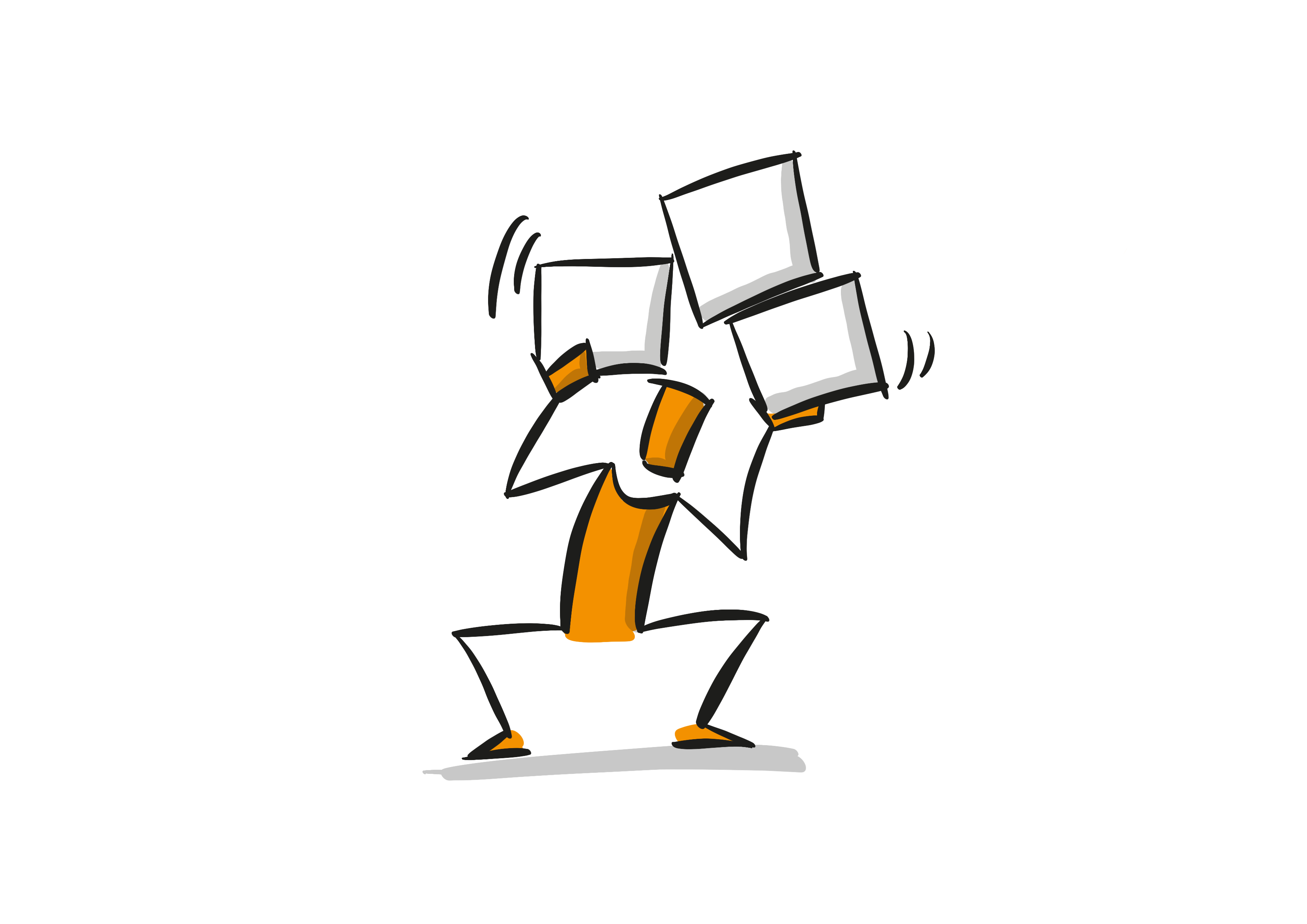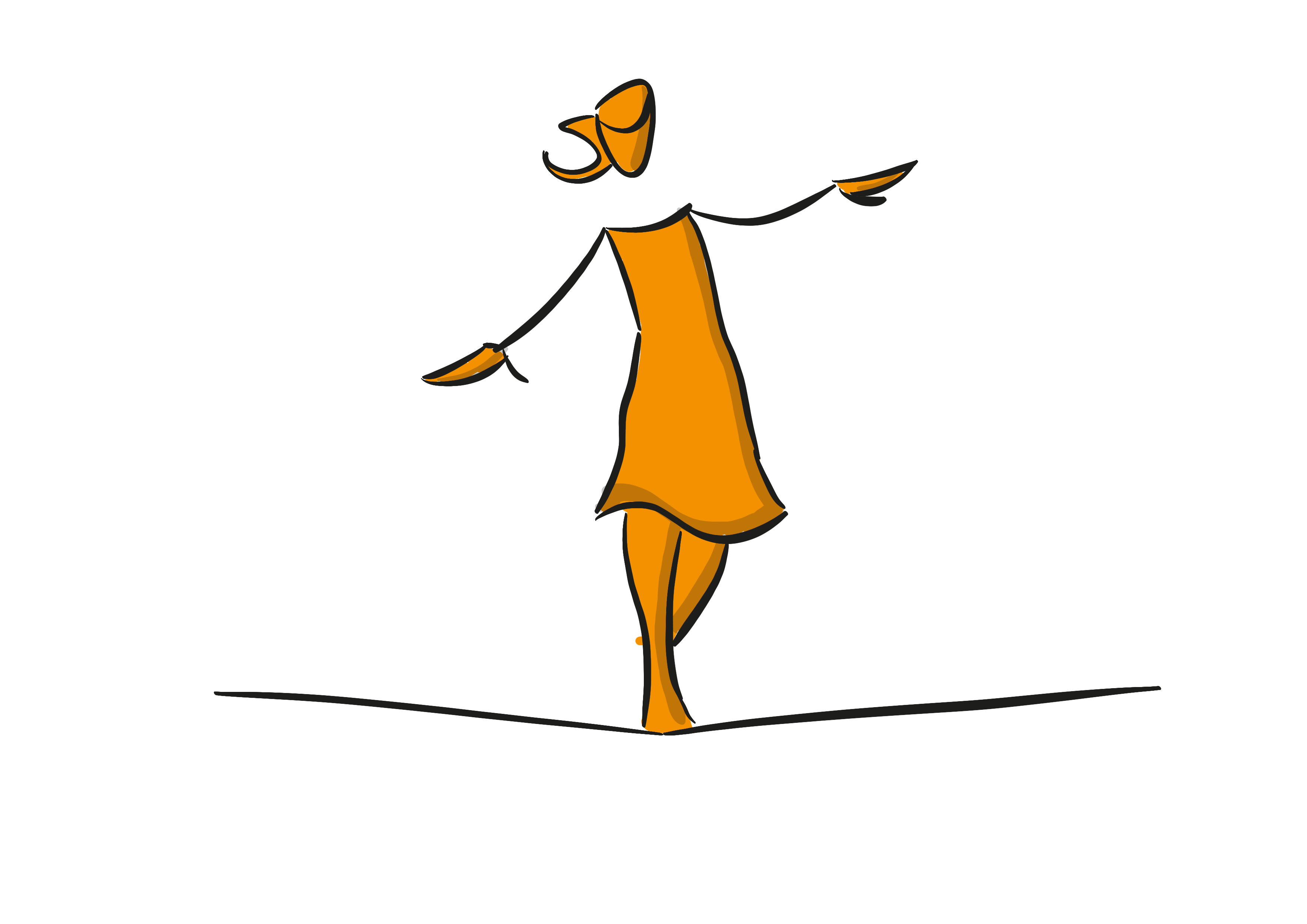Creating a Business Model – is not Logical
 A good deal of the corporate planning I have observed is like a ritual rain dance; it has no effect on the weather that follows, but those who engage in it think it does.
A good deal of the corporate planning I have observed is like a ritual rain dance; it has no effect on the weather that follows, but those who engage in it think it does.
Moreover, it seems to me that much of the advice and instruction related to corporate planning is directed at improving the dancing, not the weather.
Russell L. Ackoff
While most of us do not have the luxury of participating in full corporate planning, we are continuously exhorted to improve our business plans. Reasons for this vary, of course, but as in the above Ackoff quote, we usually change the dance steps rather than the business. Why is that? The short answer is that we don’t have many good methods for business improvements via models.
So, how do we improve the “weather” (or, in this case, our business) rather than just dancing around the problem? Current approaches suggest we start making changes by “modeling” our organization/business. Most express “modeling” as a series of steps starting with copying the structure of an existing successful company or organization. Business Schools perpetuate this approach by suggesting case studies describing companies that are (or have been successful) and therefore worthy of duplication. Many describe templates for structures that, if followed and replicated, provide an “easy” method to be followed. We all tend to use this misnomer of “model” for what we do. Still, in an increasingly dynamic and uncertain business environment, we need ways and means through which we can Understand, Communicate, Change, Measure, and Simulate.
We use the term “structure” rather than model. So why the word “structure” rather than a model? Simply because,  for innovation and strategy, we need a framework to satisfy the left brain so that the right hemisphere has some boundaries. While considered a myth, it is useful to suggest that some people whose left hemisphere is dominant overall are more quantitative, logical, and analytical. At the same time, right-brained individuals are more emotional, intuitive, and creative. Hence, we need to use both sides of the brain hemisphere. We are not looking for the impossible – an exact model of our business – but rather to analyze opportunities for expansion or change through which we can improve our business. “Modeling” typically descends into a hierarchical exercise where we try to define every procedure to ensure we have everything covered to run the business. If created by a “big name,” this becomes the “best practice” we are expected to follow. If that were correct, we would not have the North American scenarios of Ford, GM, and Chrysler versus Honda and Toyota versus BMW and Mercedes, etc. – we would have only a one size fits all model for the automobile industry.
for innovation and strategy, we need a framework to satisfy the left brain so that the right hemisphere has some boundaries. While considered a myth, it is useful to suggest that some people whose left hemisphere is dominant overall are more quantitative, logical, and analytical. At the same time, right-brained individuals are more emotional, intuitive, and creative. Hence, we need to use both sides of the brain hemisphere. We are not looking for the impossible – an exact model of our business – but rather to analyze opportunities for expansion or change through which we can improve our business. “Modeling” typically descends into a hierarchical exercise where we try to define every procedure to ensure we have everything covered to run the business. If created by a “big name,” this becomes the “best practice” we are expected to follow. If that were correct, we would not have the North American scenarios of Ford, GM, and Chrysler versus Honda and Toyota versus BMW and Mercedes, etc. – we would have only a one size fits all model for the automobile industry.
What is the proper structure – a value proposition model? By definition, a promise of value to be delivered, communicated and acknowledged. A belief from the customer perspective about how value (benefit) will be delivered, experienced, and acquired.

But what is the proper structure and value for you, the business owner?
My experience of structures is that they should be created to allow business acceptance of an interface between the main modules necessary to examine a general picture suitable for further analysis. That is all it should be – a conceptual framework for iteration towards viable business options, generating options, and making an accurate picture. I am concerned that some of the “models” referenced are no more than techniques adopted for pretending we have a strategy once our actual “modeling” exercise defines them. But strategies need to be defined by capabilities (one’s own combined with partners) required to meet a market segment, a resource restriction, a product portfolio needs, or some financial restrictions rather than one dictated by a customer – a strategy for what you can actually (or will be able to) deliver to run a successful business.  But what modeling exercise? Filling in pre-defined normative categories? Should this be our modeling strategy?
But what modeling exercise? Filling in pre-defined normative categories? Should this be our modeling strategy?
More than anything else, your capability will determine what strategy you must follow both now and as the business matures and changes. A model does not exist; rather, it is only a framework through which you can and should continuously examine options and their effect on other aspects of the business.
So, is a conceptual framework just a “logical” approach?
We used to look at specific areas within an organization without understanding the full impact on an entire structure. Today we realize that the total needs of an organization must be understood, evaluated, and considered in its development. However, correct and complete business requirements are frequently challenging to obtain. There are four main reasons for this:
- There is a significant lack of entrepreneurial thinking and innovation – at least, there appear to be few ways to achieve this without adverse risk.
- The complexity of eliciting information requirements to support significant changes.
- The complex nature of effective communication among stakeholders trying to define requirements.
- The limits on us to be effective information processors.
Our approach is through four stages of framework development to tackle these challenges. Four levels of model frameworks might imply that it is necessary to go through all four stages to obtain a solution. While each level provides sufficient to create business models appropriate for increasing levels of sophistication, each of the four levels builds on the knowledge from the previous stage.
Business models should be far more than the supply of content to a group of named business blocks. Content within named business blocks typically is no more than corporate propaganda statements incorrectly labeled as a “value proposition.” Business and business models are not new, and the ground rules underlying business have been built over millennia. Businesses have a basic normative structure – a structure that establishes, relates to, or is derived from a standard or norm.
What typically is missing are the fundamentals your business needs to understand before you can move on and grapple with an attempt to become entrepreneurial or innovative. Get to know your business before you take off on a flight of fancy in unknown and untried directions.
Good business models require a careful, progressive methodology: with this, your investment in time and energy will not only be short but very, very productive.
If you think your choices are based on logic and reason, think again. Humans are irrational creatures. Cognitive scientists have known for decades that we are inherently irrational. In his best-selling book Predictably Irrational, Dan Ariely “We all want explanations for why we behave as we do and for the ways the world around us functions. Even when our feeble explanations have little to do with reality. We’re storytelling creatures by nature, and we tell ourselves story after story until we come up with an explanation that we like, and that sounds reasonable enough to believe. And when the story portrays us in a more glowing and positive light, so much the better. Humans are inherently emotional, so our biases and beliefs can blur our perception of reality.”
So, what are the four levels that we talk about? How do we become more rational – using reason to think about a problem and arrive at a solution.?
Using a normative approach accepts that business and methods have existed for generations – a Roman arch works as an architectural construct to span stonework, rivers, building openings etc. I need a payroll system and human resource capabilities if I have employees.
Using a logical approach implies that there are inferences I can make. If I supply products, I will probably have an inventory system. Suppose I supply consulting services, unlike producing products. In that case, it implies that it is implausible that I will accept a demand-type order to provide someone immediately (unless I have people sitting around just waiting for customers, in which case I am probably overstaffed.)

While normative and logical approaches allow me to understand my business and introduce efficiencies, they may not be effective in achieving my business goals. I may need a rational approach for that.
Intelligent or innovative approaches probably imply that I must change my existing business strategies.
Level 1 Normative Framework: using normative rules is quite often sufficient to sort through ideas without the constriction of trying to make sense of existing organizational charts or process flow charts. Level 1 says that there are tried and true “rules” that work for many, many businesses. Use them to get started. The “rules” associated with business questions and their answers allow you to build (with the aid of a structural framework) an initial business model. The business the business is in.
Level 2 Logical Frameworks says that, while at this level, there may not be” rules” to employ, there are valid
inferences that can be made if you follow the steps of the method for the framework. Logic rests on assumptions that may not correspond to anything in the real world, but they are a proper, or reasonable way, of thinking about or understanding something. Adding each piece of knowledge about the business will change and shape the whole model. Each piece will impact other entities either directly or indirectly. You see the big picture more clearly when you can “see” all of the areas and the impact changing an entity will make on the entire enterprise.
Logic is considered to be the systematic study of valid inference. Whereas in the previous section on Normative Frameworks, we show how ” rules ” have been built up over time and can tell us how we can define what is going on in a business, Logical Frameworks rely on valid inference. Adding each piece of knowledge about the business will change and shape the whole model. A valid inference is one where there is a specific relation of logical support between the assumptions of the inference and its conclusion – a good basis for deciding just how efficient our business is.
Level 3 Rational Frameworks and logical frameworks have very different roles. The fundamental challenge to management is not to stay the same; instead, it is to stay effective – and that means being able to change when circumstances have changed.
Therefore, your behavior (and thus business model) needs to be guided more by conscious reasoning than by experience and not adversely affected by emotions – a good basis for deciding just how effective our business is.
Strategy and innovation are essentially rational, not logical. Strategy and innovation must look beyond
what is internally logical and desirable within a framework. Level 3 (Rational) is when we look for “white space” (or in other terminology, “blue ocean”), which means “a place where a company might have room to maneuver in a crowded playing field” or where there’s no competition. Perhaps an entirely new market or gaps in existing markets or product lines.
It’s all about opportunity. By changing our assumptions from Level 2 (perhaps as a result of an audit), we may be able to create something unique in how we want to run our business. Good business is not logical; it is or should be, rational for you and your business.
Level 4 Intelligent Frameworks are about strategic change, which can be revolutionary or evolutionary — choosing and implementing the new strategy. What is our context (or what other contexts can provide insight into this context)? An Intelligent Framework is where knowledge is best understood as a set of related concepts but with context, the prominent feature: different context, different contents.
For a more complete explanation, link to:
Or
https://daelan.org/publications/workbook/
 https://daelan.org/
https://daelan.org/